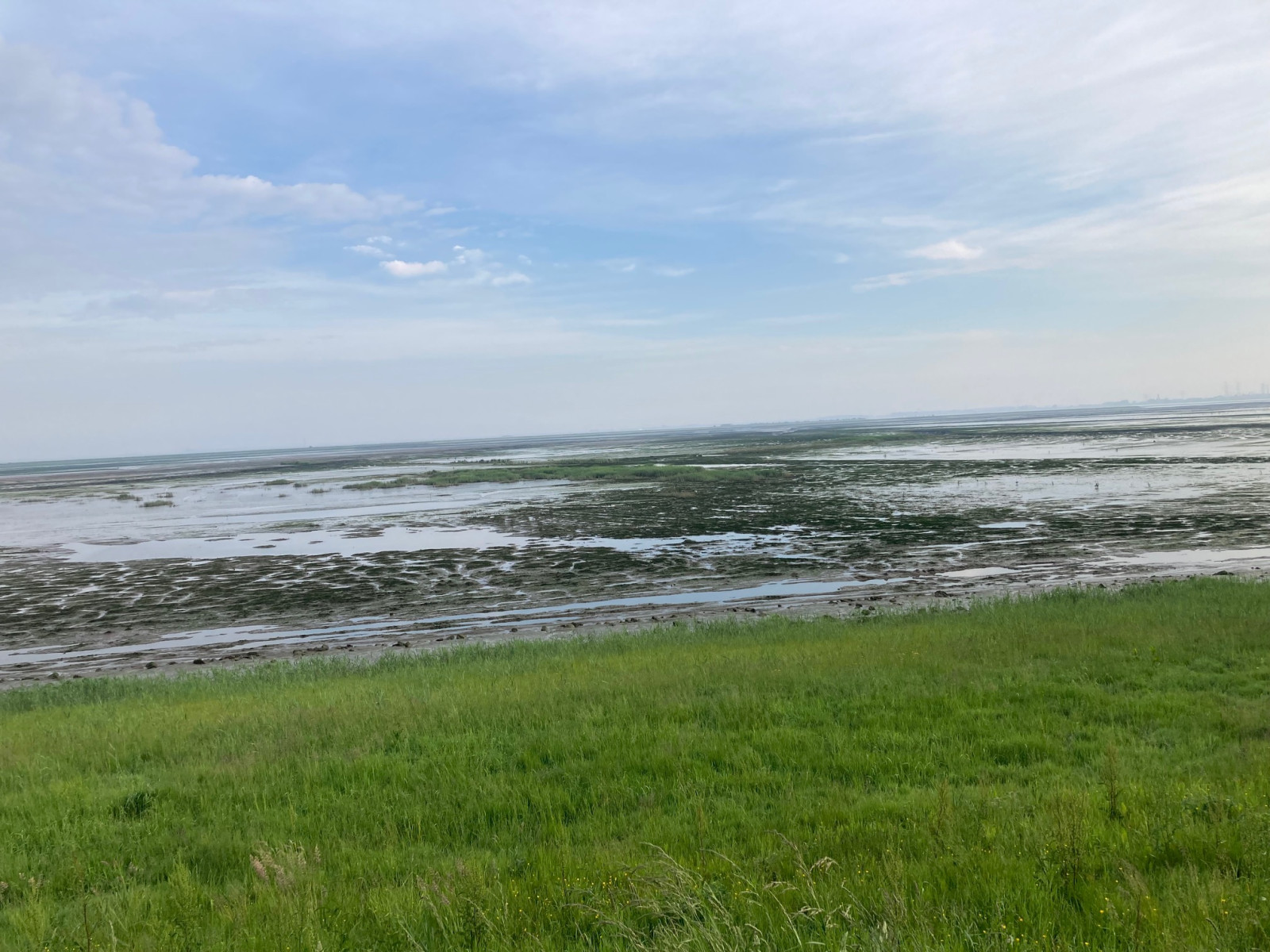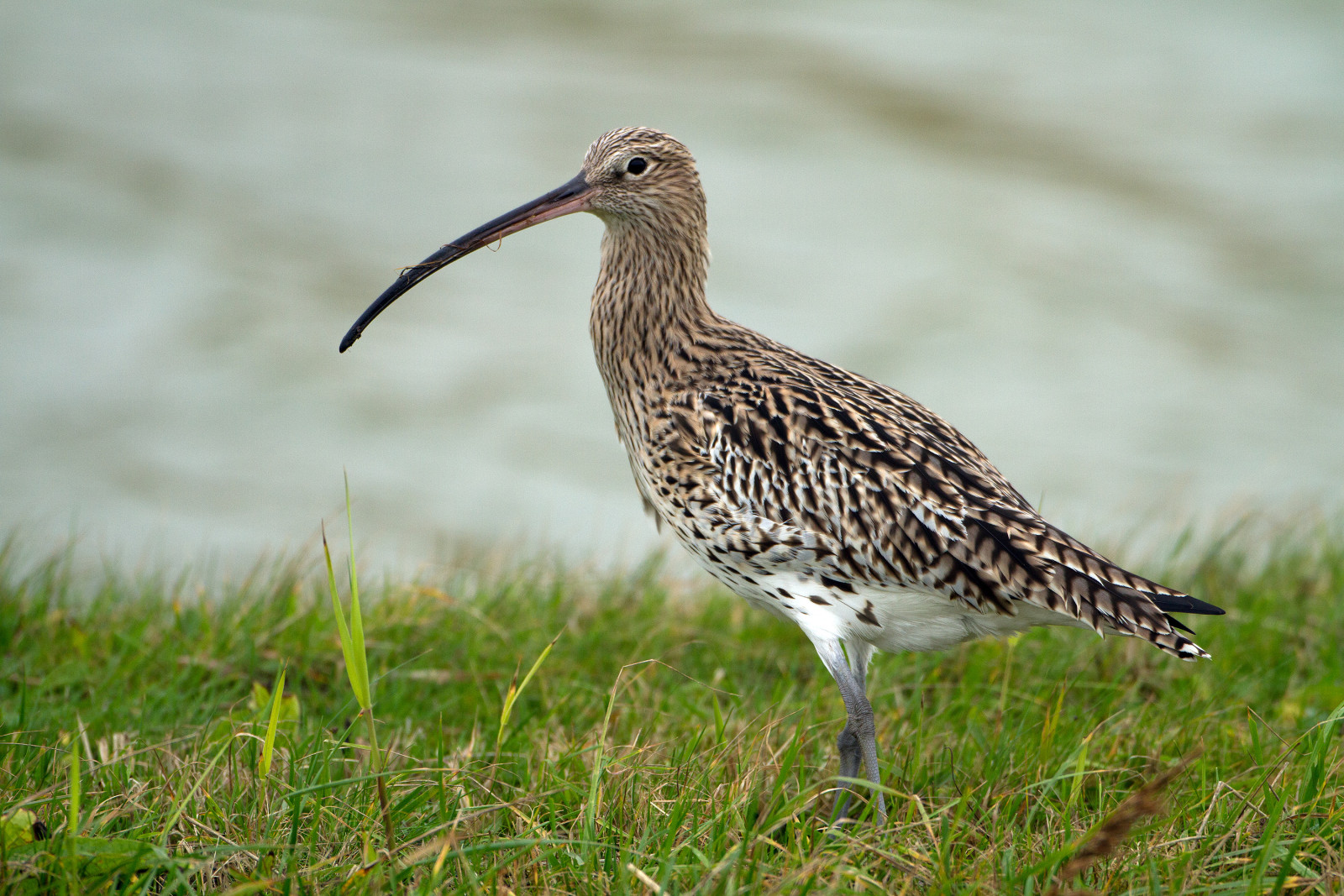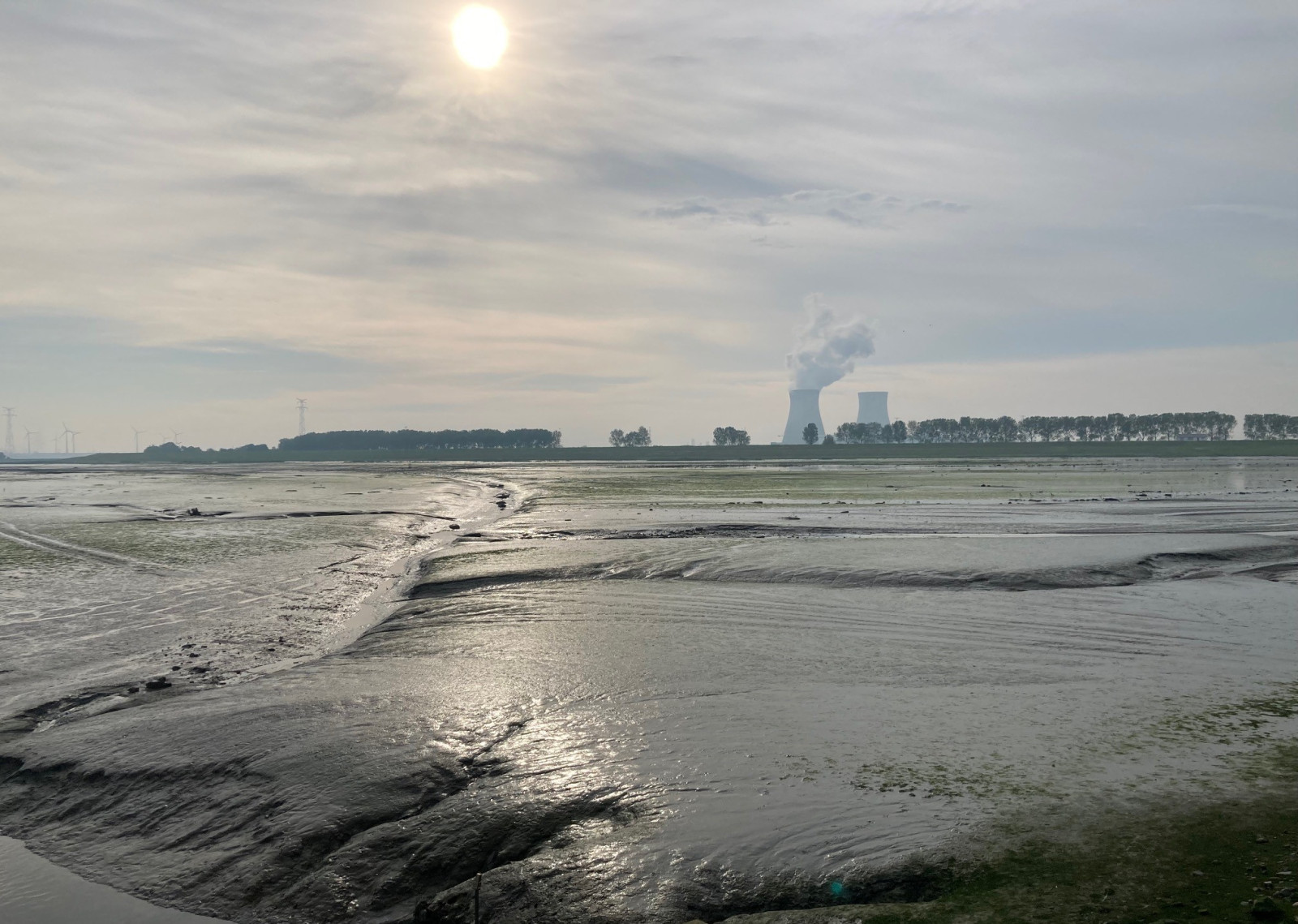Description
The Prosperpolder is sandwiched between the Dutch Hedwigepolder and the Verdronken Land van Saeftinghe on the one hand, and the Doelpolder on the other. The Prosperpolder was created to compensate for the nature that was lost due to the expansion of the Port of Antwerp and the deepening of the river Scheldt. The nature reserve is a mix of mud flats and salt marshes, extensive reed beds, saline grasslands and wet meadow bird areas. In the winter half of the year, large numbers of geese and Rauðhöfðaönd dwell in the grasslands and the pools and creeks are home to a diversity of waterfowl and wintering waders. While sea-going ships sail past in the background, Bláheiðir hunt above the Scheldt salt marshes and you see or hear Kampameisa in the vast reed vegetation. But there is also a lot of bird life in spring and summer. Among the birds you can see are Brúnheiðir, Brandönd, Skeiðönd, Urtönd, Síkjasöngvari, Engisöngvari, Sefsöngvari, Blábrystingur, Fjöruspói, Tjaldur, Vepja, Rúkragi and Lónamáfur.
_________________________
Nederlands: De Prosperpolder ligt ingeklemd tussen enerzijds de Nederlandse Hedwigepolder en het Verdronken Land van Saeftinghe en anderzijds de Doelpolder. De Prosperpolder is aangelegd ter compensatie van de natuur die verloren ging door de uitbreiding van de haven van Antwerpen en de verdieping van de vaargeul van de Schelde. Het natuurgebied Prosperpolder is een mix van slikken en schorren, uitgestrekte rietvelden, zilte graslanden en natte weidevogelgebieden. In het winterhalfjaar houden zich grote aantallen ganzen en Rauðhöfðaönd op in de graslanden en herbergen de plassen en kreken een diversiteit aan watervogels en overwinterende steltlopers. Terwijl zeeschepen op de achtergrond voorbij varen, jagen boven de Scheldeschorren steevast Bláheiðir en zie of hoor je Kampameisa in de uitgestrekte rietvegetatie. Maar ook in de lente en zomer is er veel vogelleven. Onder de vogels die je kunt zien zijn Brúnheiðir, Brandönd, Skeiðönd, Urtönd, Síkjasöngvari, Engisöngvari, Sefsöngvari, Blábrystingur, Fjöruspói, Tjaldur, Vepja, Rúkragi en Lónamáfur.
Details
Access
You can park at the info point at Zoetenberm 6a in Beveren. Click on the P in the map for directions. As soon as you are on the Zoetenberm, you will see the information point on the dike with the parking at the bottom. You can overlook the Prosperpolder from the dike that partly surrounds the area. A spotting scope is recommended because most birds are far away. A visit is easy to combine with a visit to the adjacent Doelpolder and Hedwigepolder, both also described on Birdingplaces.
_________________________
Nederlands: Parkeren kan bij het infopunt aan Zoetenberm 6a in Beveren. Klik op de P in de kaart voor een routebeschrijving. Zodra je op de Zoetenberm bent, zie je het infopunt op de dijk liggen met onderaan de parking. Je kunt de Prosperpolder overzien vanaf de dijk die deels om het gebied heen loopt. Een telescoop is aan te bevelen omdat de meeste vogels ver weg zitten.
Een bezoek aan de Prosperpolder is gemakkelijk te combineren met een bezoek aan de ernaast gelegen Doelpolder en Hedwigepolder, beide gebieden zijn ook beschreven op Birdingplaces. De Doelpolder is zelfs te verkennen vanuit dezelfde parkeerplaats bij het infopunt.




